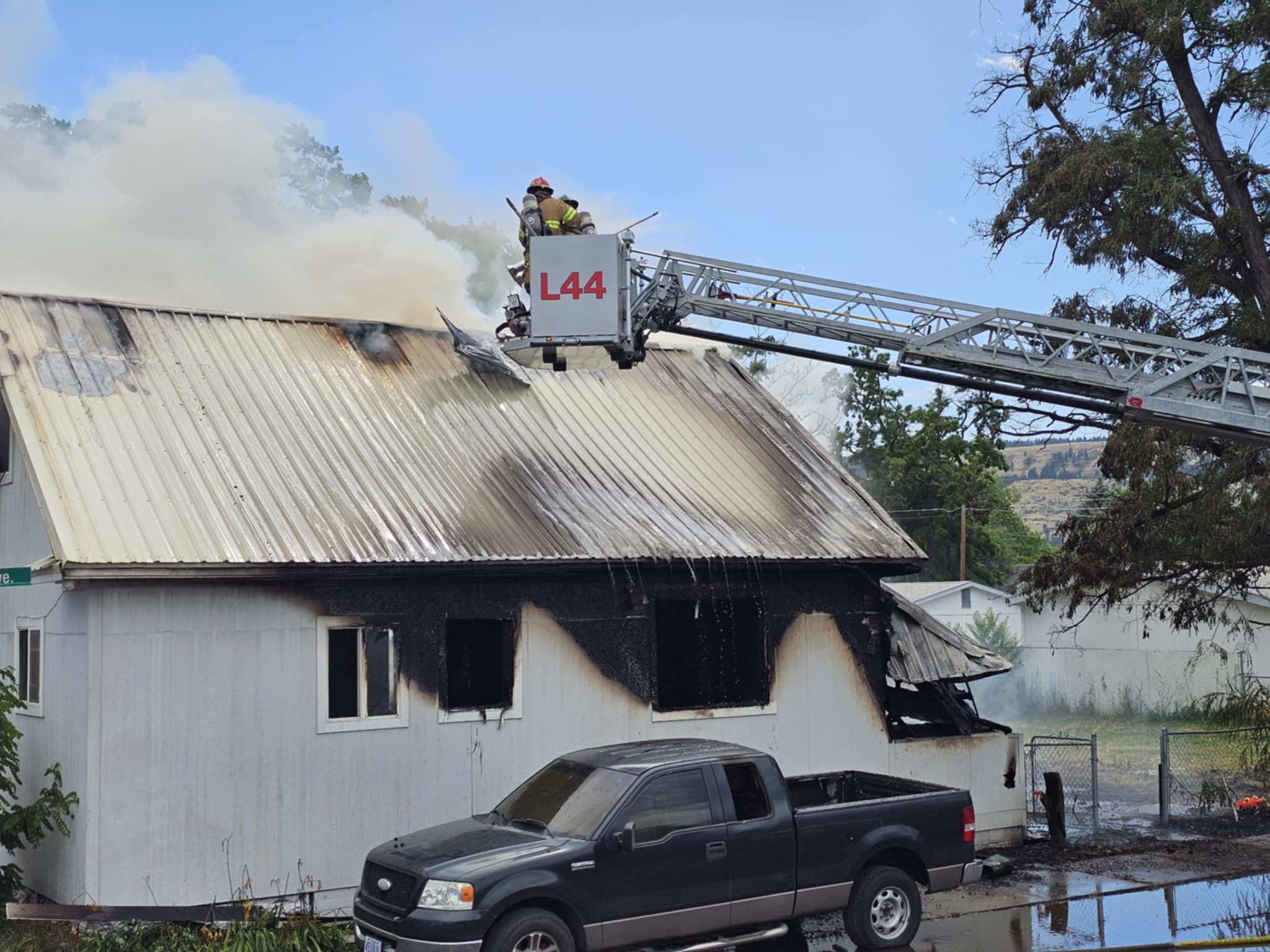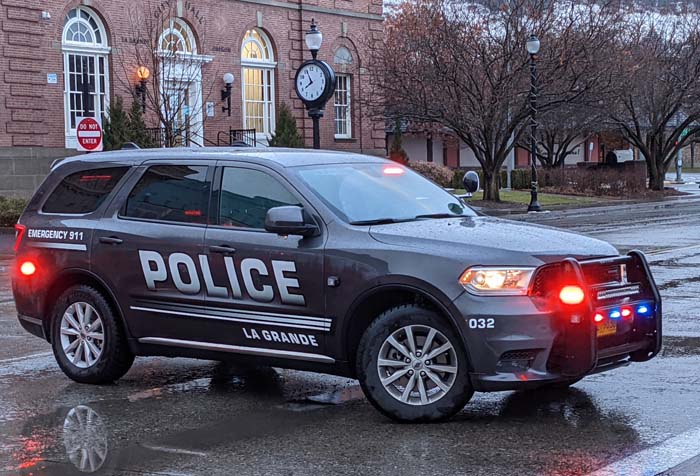Our view: Roadside shrines a sad reminder to drive carefully
Published 3:00 pm Friday, January 12, 2024
You see them along highways across America, the sad sweet shrines to lives lost on the road. There’s one on a stretch of twisty two-lane Highway 26 in Wheeler County, in the long empty reach between Dayville and Mitchell, that may have caught your eye as you drove past.
The shrine consists of a simple cross, just a couple pieces of weathered wood tacked together, mounted on top of a rockpile covered in creeping vines. At the base of the cross are some sun-faded plastic flowers. On the crosspiece is a printed sign that reads, “We will always love you.”
Until a decade ago, the trend in traffic deaths was reason for optimism.
In Oregon, there were 313 fatalities in 2013. That was the lowest death toll since 1949.
The figure was even more impressive because it happened despite massive growth in the number of vehicles plying Oregon’s roads. In 1949 there were 632,000 vehicles registered in the state. Today there are about 4.1 million.
Those who study traffic deaths account for such changes by calculating a fatality rate per 100 million miles traveled. In 1949 in Oregon, that rate was 6.38 deaths per 100 million miles. In 2013 it was 0.93 — a reduction of 85% from 1949.
But that gratifying trend ended in 2013.
Oregon’s annual highway death toll rose to 356 in 2014. The upward trend continued — indeed, it accelerated — the next two years, with 445 fatalities in 2015 and 498 in 2016.
The situation has worsened since.
The death tally in 2021 was 599. It has dropped only slightly since, to 575 in 2022 and, unofficially, to 563, in 2023.
Although highways in our largely rural section of the state have less traffic, the absence of congestion does not mean our roads are safer. Quite the opposite, in fact.
According to the Insurance Institute for Highway Safety, 57% of Oregon’s traffic deaths in 2021 happened on rural highways.
Here are some other numbers to consider, from TRIP, a nonprofit transportation research group. Using data from 2020, the group calculated that Oregon had the second-highest fatality rate on rural roads of any state. According to TRIP, Oregon had 272 traffic deaths on rural, non-interstate roads in 2020, or 3.12 per 100 million vehicle miles traveled, more than three times the state’s rate of 1 fatality per 100 million vehicle miles traveled on all other kinds of roads.
“Rural roads are more likely to have narrow lanes, limited shoulders, sharp curves, exposed hazards, pavement drop-offs, steep slopes and limited clear zones along roadsides,” TRIP noted in a news release announcing its research. “Rural Americans are more reliant on the quality of their transportation system than their urban counterparts, with vehicle travel in rural communities averaging approximately 50% higher than in urban communities.”
For most of us, driving, or riding as a passenger in a motor vehicle, is something we do on a daily basis. It’s such a commonplace act that we take it for granted.
We shouldn’t.
Data from the Oregon Department of Transportation show that although distracted driving is a comparatively rare factor in fatal crashes compared with the use of alcohol or other drugs, or speeding, the proportions have been changing.
Distracted driving accounted for between 3% and 5% of fatal crashes annually from 2010 to 2015, but the rates for 2017-20 were 7%, 10%, 7% and 8%.
All it takes is a moment’s inattention, a tiny miscalculation or a random piece of sheer bad luck to turn us into another grim statistic, another sad, sweet roadside shrine — especially on the kinds of lonesome rural highways we drive all the time in Northeast Oregon.
And as we’ve seen this week, wintry weather can heighten the danger.
Please: Be careful out there.








